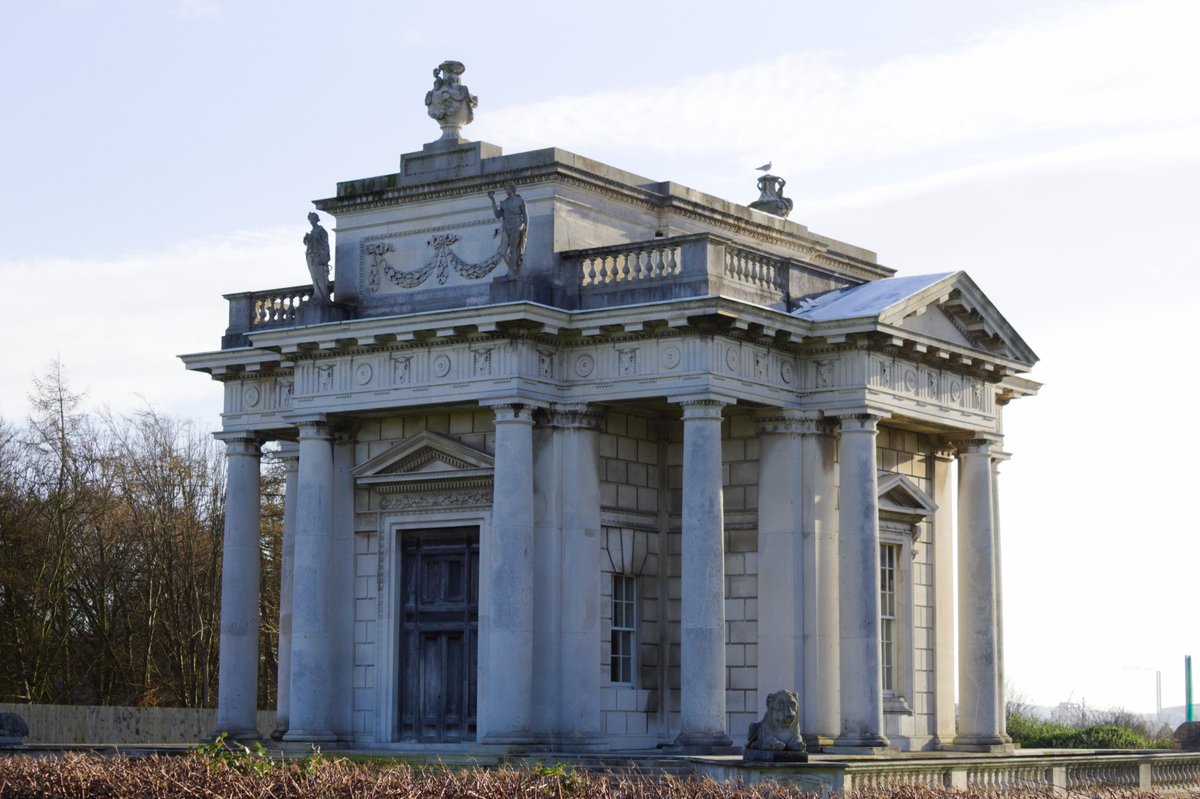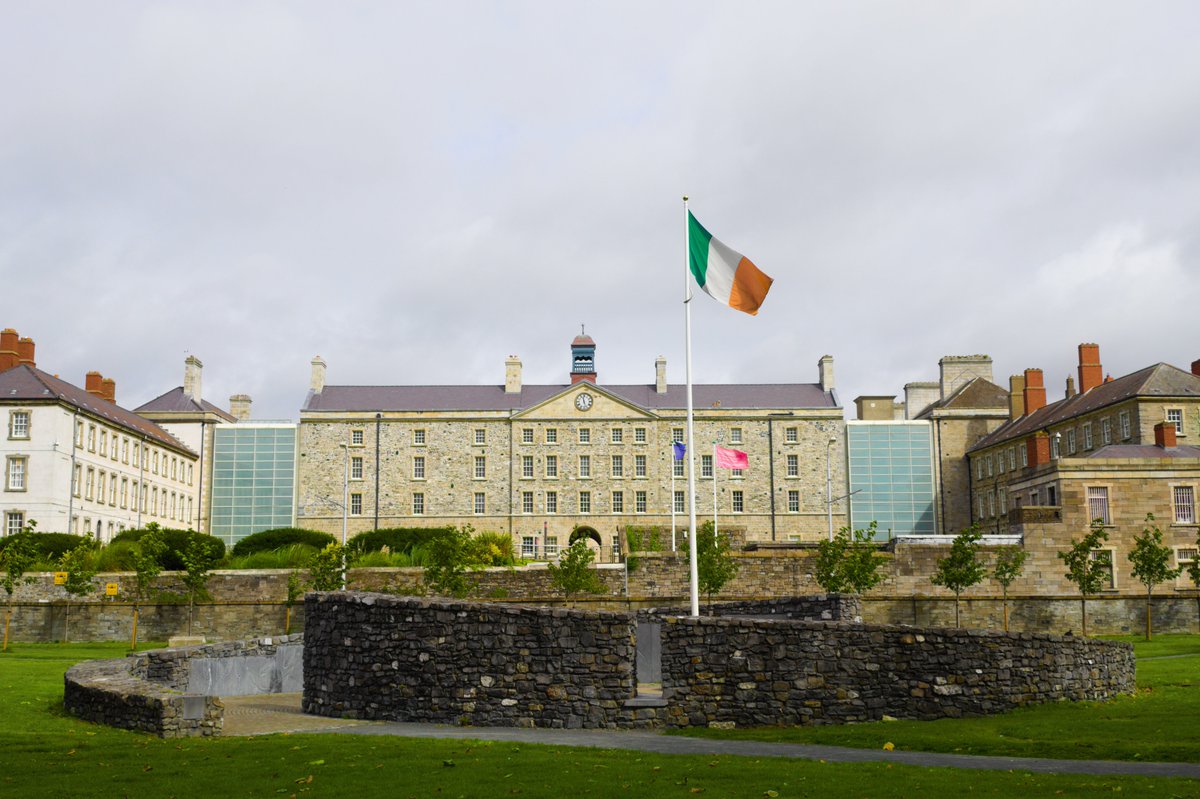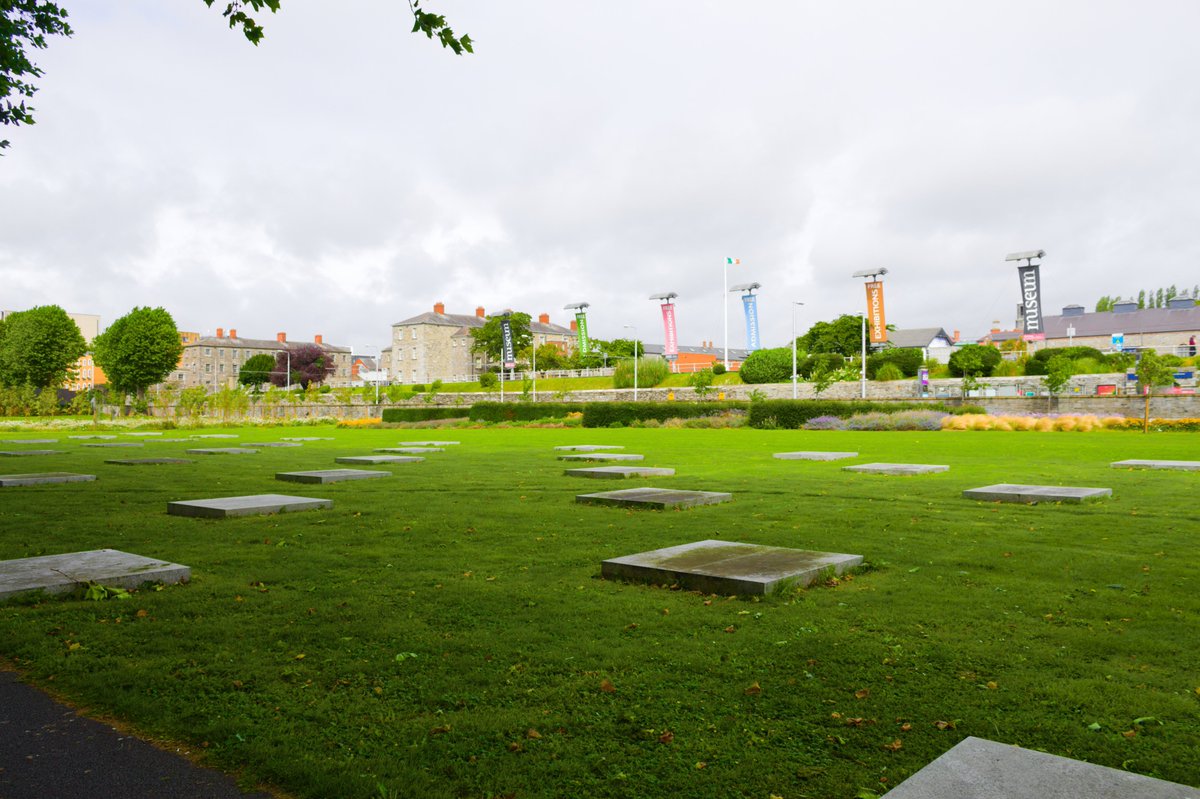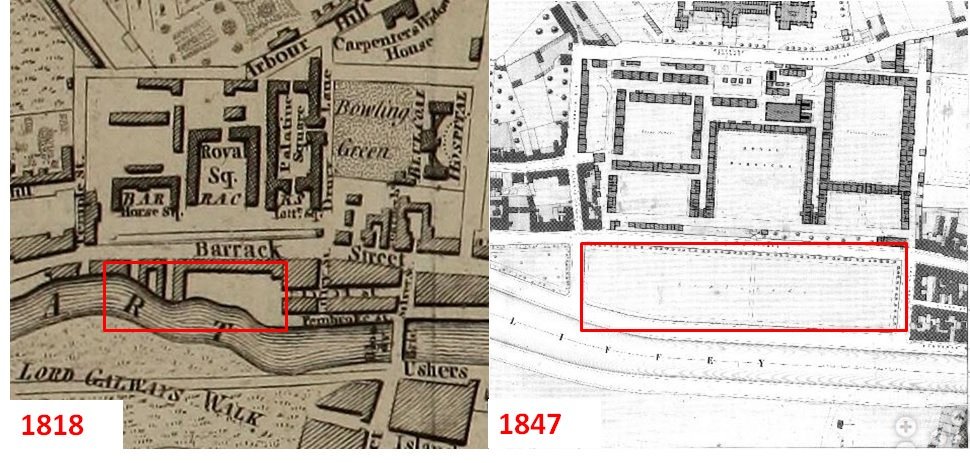
St. Patricks Well, Nassau St – This is one of those features of Dublin that are generally unknown to a lot of people, despite the clues pointing to its existence. If you check out the street signs on Nassau St, some have a rather direct Irish Translation, while others retain...~1 







the original street name – "Sráid Thobar Phádraig", the Street of Saint Patrick’s Well. The entrance to the well itself can be seen at the Nassau St side to Trinity College. There is even a well-like boundary around a tree, sitting above the well location. ~2 



This St Patricks well (there are 6 in the city) was first mentioned in the 12th Century & it is believed to be where Saint Patrick baptized his first converts. Amazingly, the roots of the modern St Particks day parade are believed to originate from this spot, where crowds of..~3 

worshipers flocked to the well every March 17th to drink from the waters.
It is also believed that frogs were 1st introduced to Ireland via the well, when, at the end of the 17th Century, a doctor deposited frog spawn into the waters as an “up yours” to the superstitious...~4
It is also believed that frogs were 1st introduced to Ireland via the well, when, at the end of the 17th Century, a doctor deposited frog spawn into the waters as an “up yours” to the superstitious...~4

Catholics who frequented there.
Calamity struck in 1729 when the waters of the well ran dry. Rumours of the cause spread, with even Jonathon Swift, the Dean of St Patricks Cathedral & noted satirist, penning a poem titled “On the sudden drying of St Patrick’s Well, near...~5
Calamity struck in 1729 when the waters of the well ran dry. Rumours of the cause spread, with even Jonathon Swift, the Dean of St Patricks Cathedral & noted satirist, penning a poem titled “On the sudden drying of St Patrick’s Well, near...~5
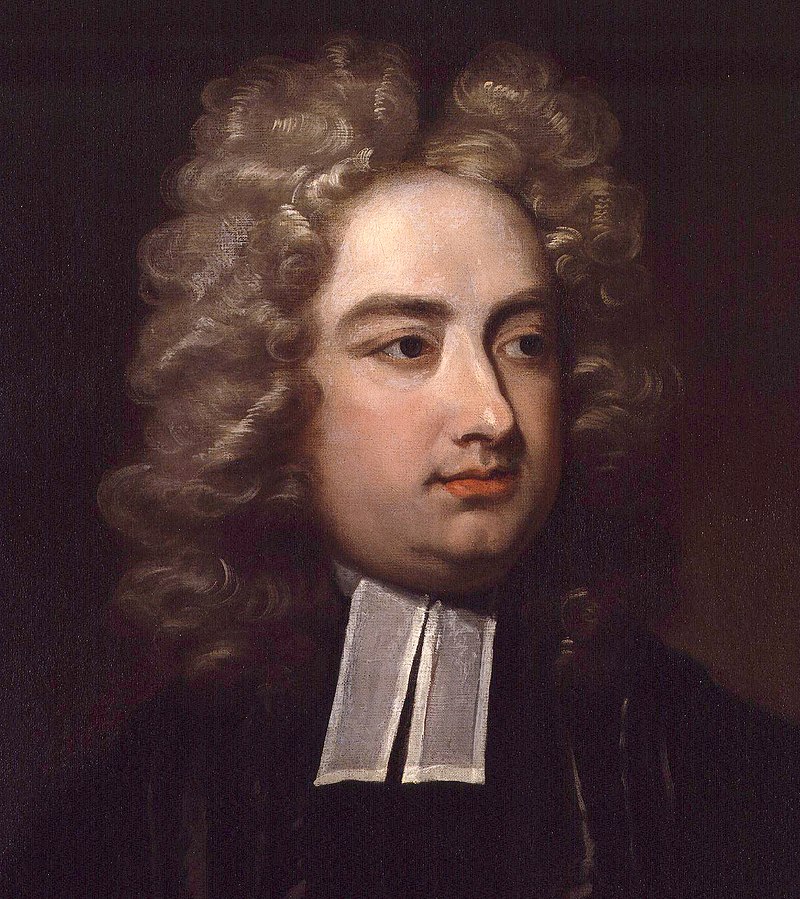
Trinity College Dublin”. He suggested it was the students, known for their drunken revelry, who drank the well dry. With the well dry, it was soon forgotten & closed up; however, the waters have since returned, and the well is once again filled.
Access to the well used to be...~6
Access to the well used to be...~6

possible by contacting the Provosts office, but that was many years ago. However, I do not know if this is still the case. But there are images showing the interior, & it would be wonderful if the well, from gave birth to the annual parade celebrate around the world every...~7 



March 17th, could be accessed by the public once more.
~End
More info here:
rareirishstuff.com/blog/st-patric…
tcd.ie/news_events/ar…
irelandsholywells.blogspot.com/2012/03/dublin…
~End
More info here:
rareirishstuff.com/blog/st-patric…
tcd.ie/news_events/ar…
irelandsholywells.blogspot.com/2012/03/dublin…
#DiscoverDublin @PhotosOfDublin @OldDublinTown @OldeEire @legacy_irish @heritage_dublin @DubHistorians @Stairnahireann @IrishHistoryPod @theirishstory @dubcivictrust @tcddublin @stpatrickscath @RareIrishStuff @IrishCentral @Independent_ie
• • •
Missing some Tweet in this thread? You can try to
force a refresh

















